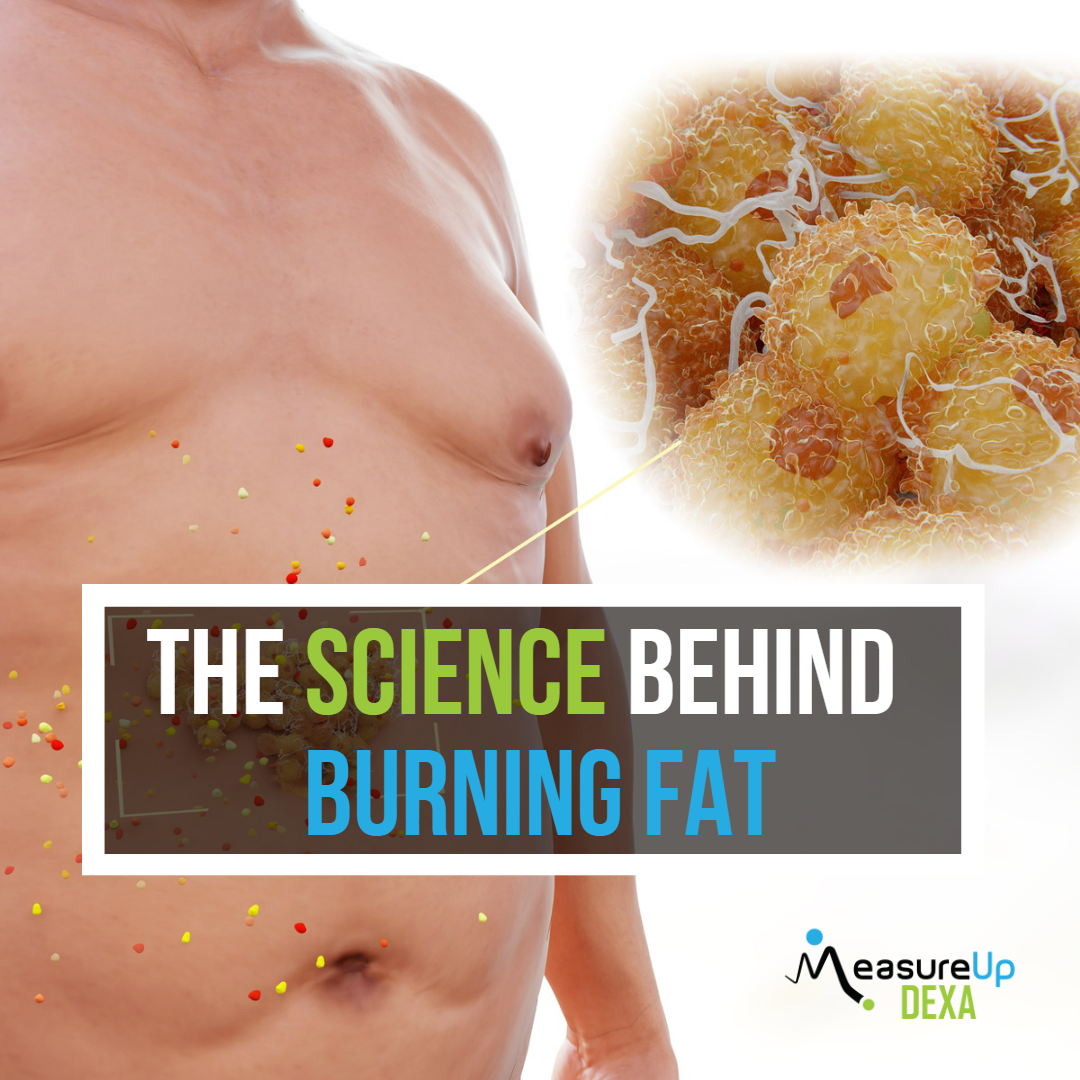Burning fat is a common goal for many people who exercise and diet. But how exactly does it work? In this blog, we’ll explore the science behind burning fat when exercising and dieting.
First, let’s talk about what fat actually is. Fat is a type of adipose tissue that stores energy in the form of triglycerides. Triglycerides are made up of three fatty acids and a glycerol molecule. When we need energy, our body breaks down the triglycerides into their component parts and uses them for fuel.
Now, when we talk about burning fat, we’re referring to the process of using stored triglycerides for energy. This happens when we create a calorie deficit – that is when we consume fewer calories than we burn. When we’re in a calorie deficit, our body needs to find alternative sources of energy, and it turns to our fat stores.
So, how does exercise come into play? When we exercise, we burn calories, which can help create a calorie deficit. Additionally, certain types of exercise – particularly cardiovascular exercise like running, cycling, or swimming – can increase our heart rate and breathing, which in turn increases our metabolic rate. This means our body burns more calories at rest, which can also contribute to a calorie deficit.
But what about diet? As we mentioned earlier, a calorie deficit is necessary for burning fat. One way to achieve this deficit is to consume fewer calories than we burn through exercise and other activities. This is where diet comes in. By eating a healthy, balanced diet that’s rich in whole foods and low in processed foods, we can reduce our calorie intake and make it easier to create a deficit.
It’s worth noting that not all calories are created equal. Foods that are high in protein and fiber can help us feel full and satisfied, which can make it easier to stick to a lower-calorie diet. On the other hand, foods that are high in sugar and saturated fat can be calorie-dense and not as filling, making it easier to consume more calories than we need.
In summary, burning fat is all about creating a calorie deficit. Exercise can help us burn more calories, increase our metabolic rate, and contribute to the deficit. Diet plays a crucial role by helping us reduce our calorie intake and choose nutrient-dense, filling foods that support our weight loss goals. By combining exercise and diet, we can achieve a healthy, sustainable way to burn fat and improve our overall health.

